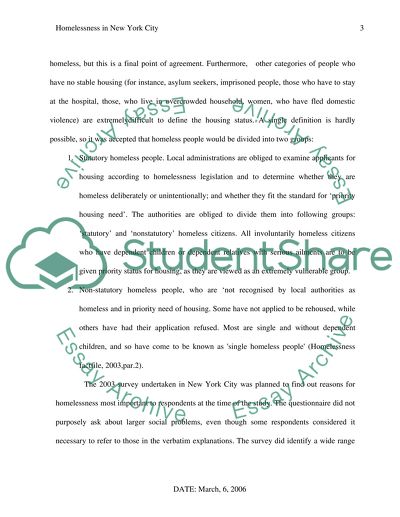Cite this document
(“Reasons for homelessness in New York City Essay”, n.d.)
Retrieved from https://studentshare.org/miscellaneous/1528762-reasons-for-homelessness-in-new-york-city
Retrieved from https://studentshare.org/miscellaneous/1528762-reasons-for-homelessness-in-new-york-city
(Reasons for Homelessness in New York City Essay)
https://studentshare.org/miscellaneous/1528762-reasons-for-homelessness-in-new-york-city.
https://studentshare.org/miscellaneous/1528762-reasons-for-homelessness-in-new-york-city.
“Reasons for Homelessness in New York City Essay”, n.d. https://studentshare.org/miscellaneous/1528762-reasons-for-homelessness-in-new-york-city.


